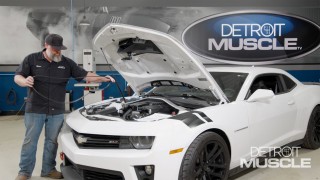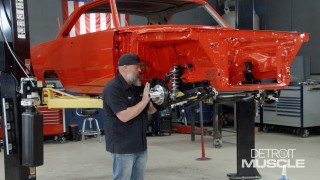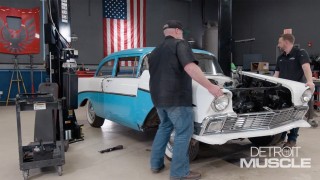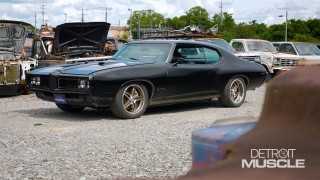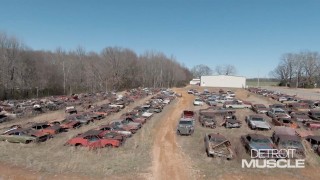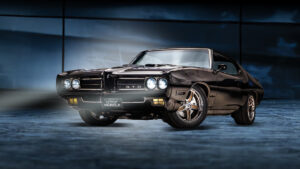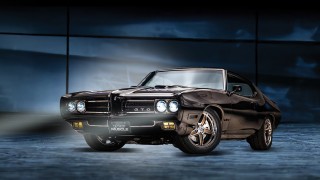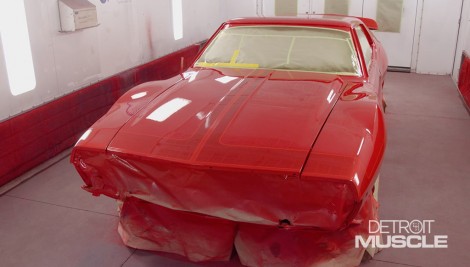
AMC Javelin Paint Goes From Boring To Bright Candy Apple Red
Our AMC Javelin gets a freshen-up in the paint department with some help from an old friend. We show you some simple and easy ways to make your paint look amazing.
Season 8
Episode 8
Hosts: Tommy Boshers, Daniel Boshears
First Air Date: April 17, 2021
Duration: 21 minutes 35 seconds

